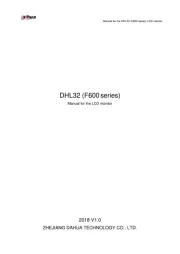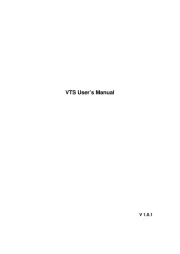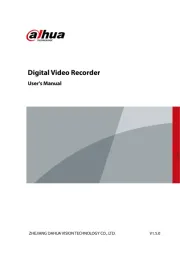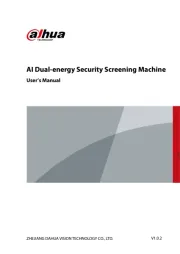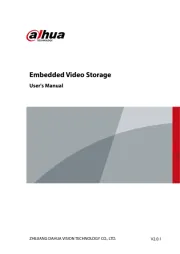Supermicro SuperServer SYS-530A-IL Manual
Læs gratis den danske manual til Supermicro SuperServer SYS-530A-IL (101 sider) i kategorien Ikke kategoriseret. Denne vejledning er vurderet som hjælpsom af 23 personer og har en gennemsnitlig bedømmelse på 4.2 stjerner ud af 12 anmeldelser.
Har du et spørgsmål om Supermicro SuperServer SYS-530A-IL, eller vil du spørge andre brugere om produktet?

Produkt Specifikationer
| Mærke: | Supermicro |
| Kategori: | Ikke kategoriseret |
| Model: | SuperServer SYS-530A-IL |
Har du brug for hjælp?
Hvis du har brug for hjælp til Supermicro SuperServer SYS-530A-IL stil et spørgsmål nedenfor, og andre brugere vil svare dig
Ikke kategoriseret Supermicro Manualer
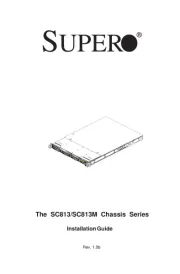
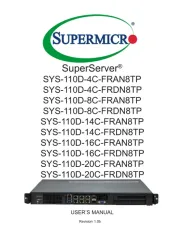
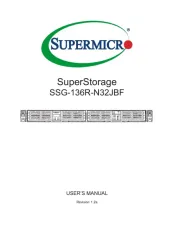
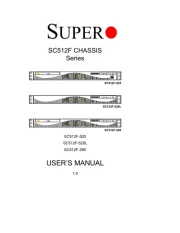
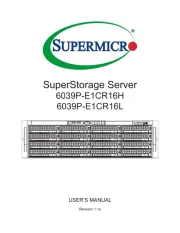
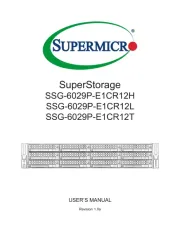
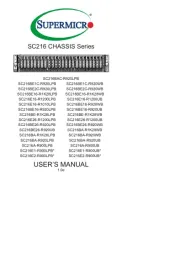
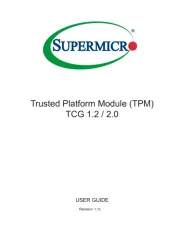
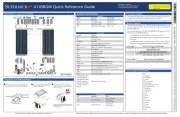
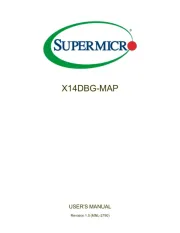
Ikke kategoriseret Manualer
- Fito
- INTIMINA
- Moser
- Segway
- Santos
- Opkon
- Azden
- Powerfix
- Block & Block
- Hollyland
- NutriBullet
- Doyon
- Mauser Sitzkultur
- AEG
- Mach Power
Nyeste Ikke kategoriseret Manualer
